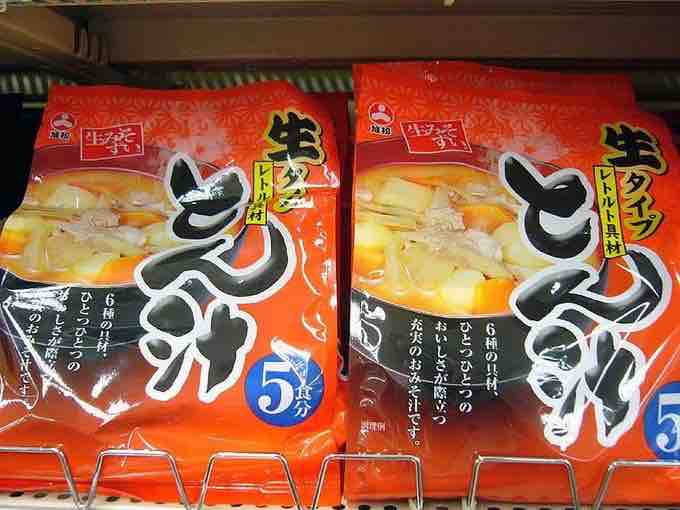Under very high hydrostatic pressure of up to 700 MPa (100,000 psi), water inactivates pathogens such as Listeria, E. coli and Salmonella.
High pressure processing (HPP), pascalization or bridgmanization, is a method of preserving and sterilizing food, in which a product is processed under very high pressure, leading to the inactivation of certain microorganisms and enzymes in the food. The technique was named after Blaise Pascal, whose work included detailing the effects of pressure on fluids. Pascalization is preferred over heat treatment in the food industry as it eliminates changes in the quality of foods due to thermal degradation, resulting in fresher taste, texture, appearance and nutrition. Processing conveniently takes place at ambient or refrigeration temperatures.
Experiments into the effects of pressure on microorganisms were first recorded in the late nineteenth century. The frist reports showed that bacterial spores were not always inactivated by pressure, while vegetative bacteria were usually killed. Around 1970, researchers renewed their efforts in studying bacterial spores after it was discovered that using moderate pressures was more effective than using higher pressures. These spores, which caused a lack of preservation in the earlier experiments, were inactivated faster by moderate pressure, but in a manner different from what occurred with vegetative microbes. When subjected to moderate pressures, bacterial spores germinate, and the resulting spores are easily killed using pressure, heat, or ionizing radiation.
Research into the effects of high pressures on microorganisms was largely focused on deep-sea organisms until the 1980s, when advancements in ceramic processing were made. This resulted in the production of machinery that allowed for processing foods at high pressures at a large scale, and generated some interest in the technique, especially in Japan . Although commercial products preserved by pascalization first emerged in 1990, the technology behind pascalization is still being perfected for widespread use.

Japanese miso soup
Miso soup is sterilized with high pressure.
In pascalization, food products are sealed and placed into a steel compartment containing a liquid, often water, and pumps are used to create pressure. The pumps may apply pressure constantly or intermittently. During pascalization, more than 50,000 pounds per square inch (340 MPa) may be applied for around fifteen minutes, leading to the inactivation of yeast, mold, and bacteria. In the process, the food's proteins are denatured, hydrogen bonds are fortified, and noncovalent bonds in the food are disrupted, while the product's main structure remains intact. Because pascalization is not heat-based, covalent bonds are not affected, causing no change in the food's taste.
Experiments were also performed with anthrax, typhoid, and tuberculosis, which was a potential health risk for the researchers. Indeed, before the process was improved, one employee of the Experimental Station became ill with typhoid fever.